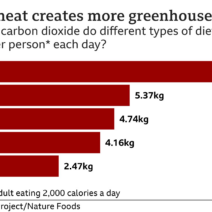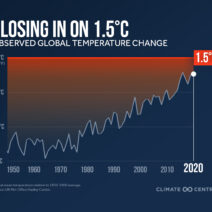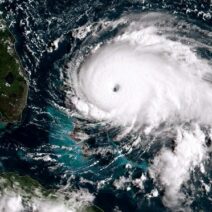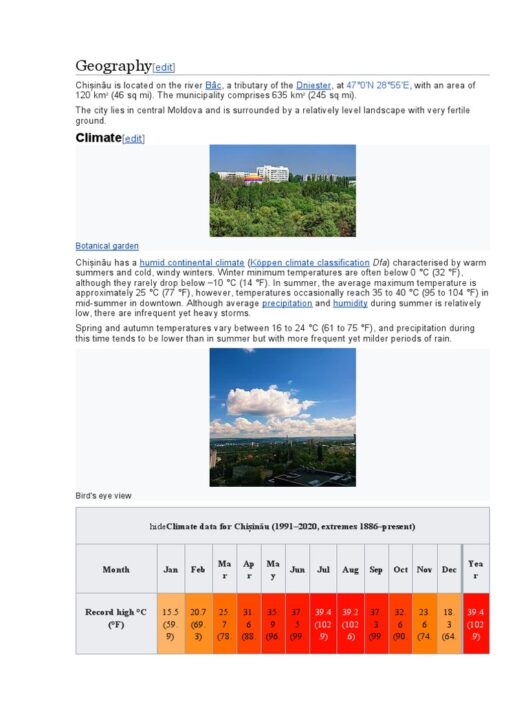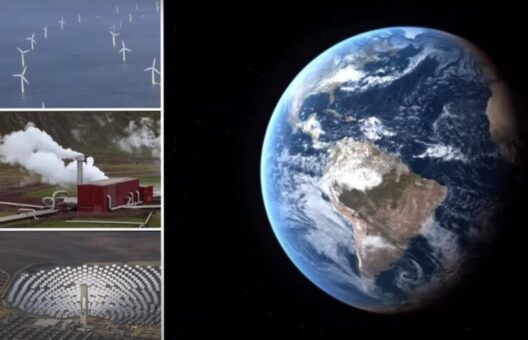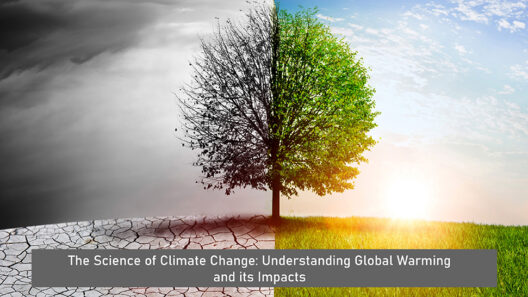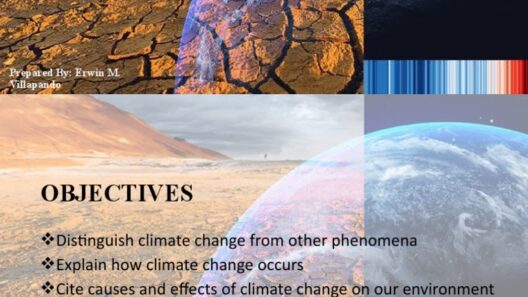Climate change, a phenomenon often relegated to distant futures and large-scale effects, is manifesting right in our local neighborhoods. “My City, My Climate” embodies the understanding that global warming is not merely a global issue; it has distinctive repercussions that transcend borders and significantly influence local areas and temperatures. As communities grapple with increasingly erratic weather patterns, the urgency for awareness and action intensifies.
To comprehend how global warming impacts local regions, one must first grasp the concept of microclimates. Microclimates are localized climatic variations that occur within larger climate zones. Even minute shifts in regional temperatures can precipitate extensive transformations in local ecosystems and human habitats. Urban areas have been particularly vulnerable to these alterations, often experiencing phenomena known as the “urban heat island” effect. This effect occurs when cities, with their concrete and asphalt landscapes, absorb and retain heat more than rural areas. The implications are profound: local temperatures can rise by several degrees, leading to increased energy consumption, exacerbated air pollution, and escalated health risks for populations.
In many urban settings, rising temperatures translate directly into intensified heatwaves. These events are not mere inconveniences; they can prove perilous, especially for vulnerable populations. Elderly individuals, children, and those with pre-existing health conditions are particularly susceptible to heat-related illnesses. Furthermore, the persistence of higher temperatures alters precipitation patterns, contributing to droughts or, conversely, severe storms that wreak havoc on local infrastructure.
Another critical aspect of how global warming manifests in local contexts is the effect on biodiversity. Species once abundant in local ecosystems are facing existential threats due to shifting climatic conditions. For example, flowering plants that relied on specific temperature thresholds for blooming may find themselves out of sync with pollinators that also experience altered activity ranges. As flower and pollinator lifecycles become misaligned, the ramifications propagate through food webs, jeopardizing local wildlife and agricultural productivity. Farmers observing variations in growing seasons must adjust their practices, often at significant economic costs.
Water resources serve as an essential focal point when discussing local climate ramifications. As temperatures rise, water bodies experience heightened rates of evaporation. Streams and lakes, previously consistent in their ability to sustain local flora and fauna, may run dry or become stressed during prolonged dry spells. Conversely, intense rainfall events, linked to climate change, can overwhelm drainage systems, causing flooding. The juxtaposition of water scarcity and flooding can create a precarious balance for communities reliant on stable water resources.
Moreover, the impact of climate change on local areas extends to social dimensions. As certain areas become less habitable due to rising temperatures or degraded resources, migration patterns begin to shift. Communities experiencing heat stress may see population declines as inhabitants relocate in search of more temperate climates. This migration, often referred to as climate-induced migration, can strain resources in receiving areas, generating conflict over water, housing, and employment opportunities.
Amid these challenges lie opportunities for resilience and adaptation. Local governments and communities can embrace innovative solutions to mitigate the impacts of climate change. Urban reforestation initiatives, such as planting trees along streets and parks, can help ameliorate the urban heat island effect. Green roofs and urban gardens not only beautify neighborhoods but also serve as vital components in managing stormwater runoff and improving air quality.
Additionally, community engagement plays a pivotal role in fostering action. Resident-led initiatives focusing on recycling programs, energy conservation, and sustainable practices can transform the fabric of a community. By nurturing a collective ethos of stewardship toward the environment, communities develop the resilience needed to confront future climate challenges. Public awareness campaigns aimed at educating residents about the local impacts of climate change can empower individuals to participate actively in climate solutions.
In the realm of policymaking, it is imperative for local authorities to adopt a proactive stance on climate adaptation. Policies that prioritize green infrastructure, energy efficiency, and sustainable transportation systems can significantly enhance community resilience. Collaborating with scientists and climate experts allows for the integration of evidence-based strategies tailored to specific local conditions.
The discourse surrounding climate change must remain accessible to all local residents. By framing the changes in terms of “My City, My Climate,” individuals may begin to see themselves as agents of change. Each action taken at the local level accumulates into a significant impact over time, challenging the notion of climate responsibility as solely a government affair.
As municipalities confront the consequences of global warming, it is crucial to recognize that while the phenomena may seem daunting, they also offer a clarion call for action. Understanding the local impacts of climate change is the first step toward fostering resilience. The imperative lies with communities to adapt their lifestyles, embrace sustainable practices, and cultivate a lasting commitment to preserving their environments. Ultimately, it is the collective action of individuals that will determine whether future generations inherit a thriving planet or a fractured one ravaged by climatic strife.
